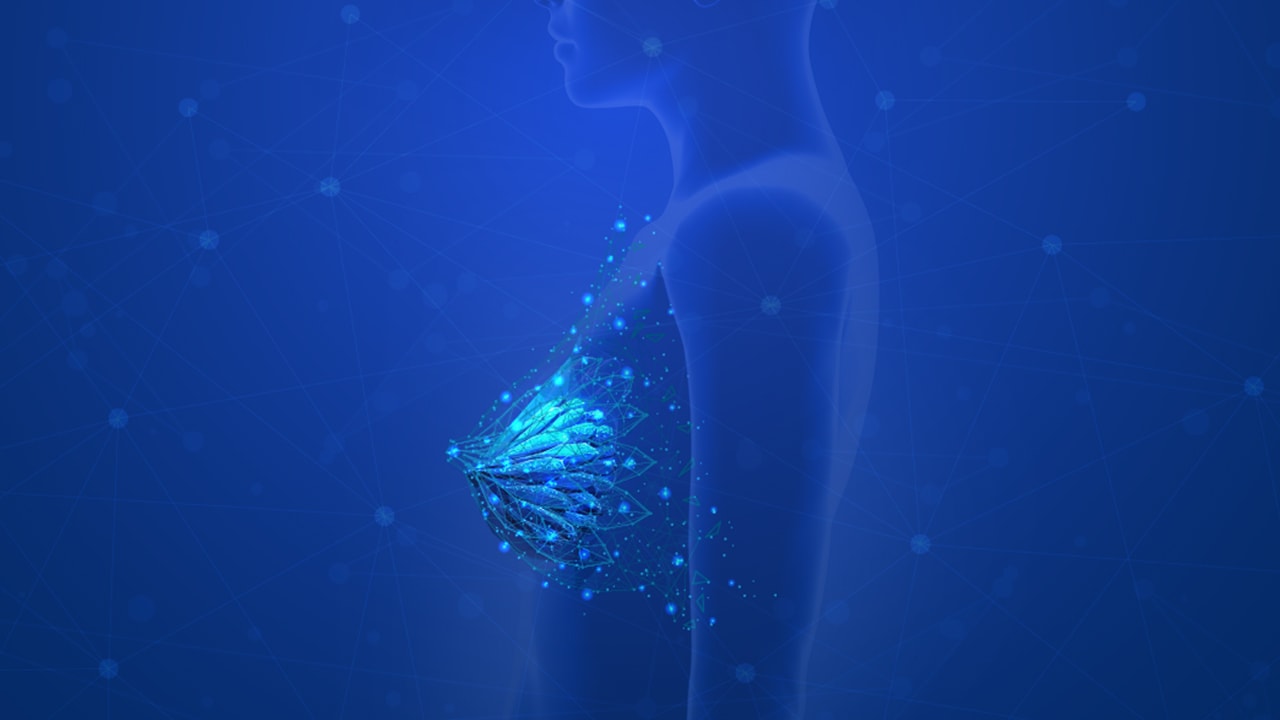Expert Commentary
The evidence of CYP2D6 genotype–phenotype correlation associated with tamoxifen pharmacokinetics in early breast cancer is compelling. However, the scientific community is currently divided on the clinical relevance of CYP2D6 genotype predicting tamoxifen response. Conflicting outcome studies have led to confusion about its utility in treatment decision making. The major aim of molecular diagnostics is to provide an accurate determination of phenotype in relation to outcome; however, outcome may be confounded by several factors that include inaccurate phenotype, CYP2D6 phenocopying and unsuitable sources of DNA for genetic testing. In addition, other DMEs involved in tamoxifen biotransformation may also be influential in prediction of treatment response but further studies are warranted to understand their clinical value. It must be noted that there is a subset of patients, mainly postmenopausal women, who may benefit from genetic testing if found to have impaired CYP2D6 metabolism. So far, most pharmacogenetic results have been based on retrospective studies with differing study designs; therefore, a final decision must await appropriately designed prospective clinical trials.
The current evidence suggests different roles and strengths for pharmacogenetic diagnostics within the context of tamoxifen and AI treatment. CYP2D6 was shown to be a promising predictor for tamoxifen outcome while AI pharmacogenetics is still in its infancy, suggesting a possible role for the prediction of the onset of adverse drug reactions.
Expert Rev Mol Diagn. 2013;13(4):349-65. © 2013 Expert Reviews Ltd.











